You are viewing the article What are conductors and insulators? Classification and practical application at Tnhelearning.edu.vn you can quickly access the necessary information in the table of contents of the article below.
Conductors and insulators are fundamental concepts in the field of physics and play a crucial role in various areas of our daily lives. Understanding the distinctions between these materials is essential for comprehending how electricity and heat transfer work. Conductors, as the name suggests, are materials that allow the flow of electric current or the movement of heat with minimal resistance. On the other hand, insulators are materials that impede the flow of electricity or heat, preventing their movement. This classification of materials based on their conductivity properties has given rise to numerous practical applications in various industries, ranging from electrical engineering and telecommunications to construction and automotive manufacturing. In this article, we will delve deeper into the characteristics that distinguish conductors and insulators, as well as explore their real-world applications.
Conductors and insulators play an important role in human life. Join Tnhelearning.edu.vn to learn what conductors, insulators are, classification and practical applications of these substances!
What is an electrical conductor?
A conductor is an object or type of material that allows electric current to flow in one or more directions. Conductors allow electrons to easily flow inside them. Conductors have this property that allows the conversion of heat or light from one source to another.
Conductors are often used to make electrically conductive objects, conductive parts in electrical tools . In nature, electrical conductors can be solid – metal, liquid – molten metal, electrolyte solution or gas at high electric field.
Metals, humans, the earth, and animal bodies are all conductors of electricity. Therefore, it is common to see some electric shock situations that are dangerous to humans because the human body is a good conductor, allowing a non-resistive path for current to flow from the wire to our body.
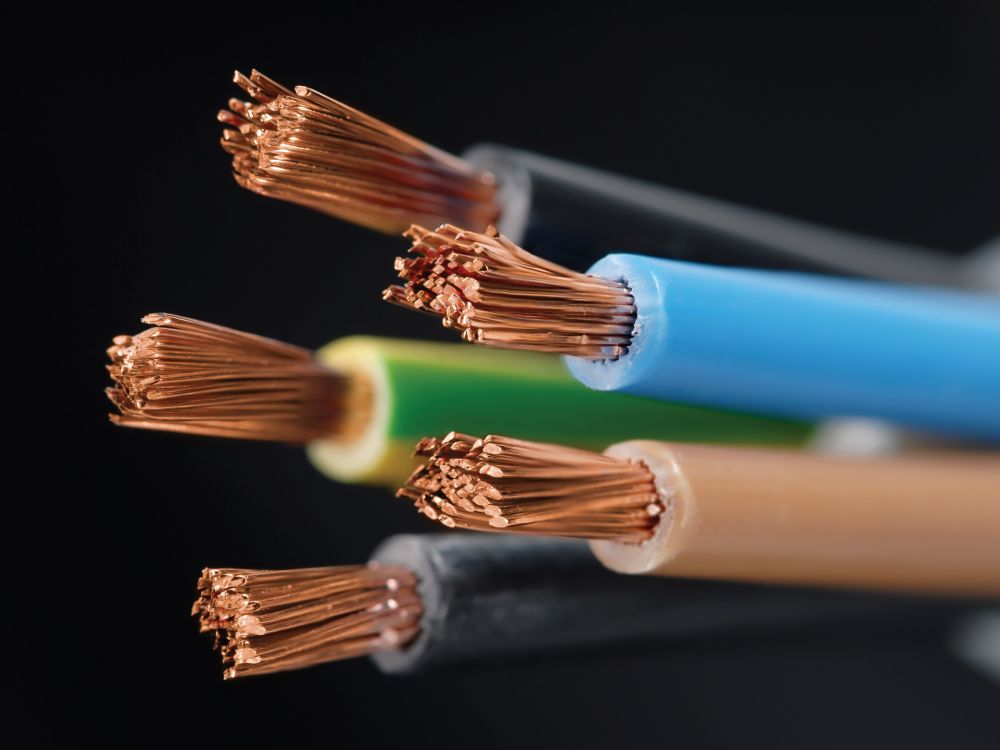
How many types of conductors are there?
Conductors are generally divided into:
- Conductors with low resistivity such as Ag, Cu, Al, Sn, Pb,… and some other alloys. Conductors with low resistivity are often used to make conductive materials.
- Conductors with high resistivity such as Manganin, Constantan, Nickel-Chromium, Carbon alloys. Conductors with high resistivity are often used to make electrical measuring instruments, resistors, rheostats, measuring leads, electrical heating devices.
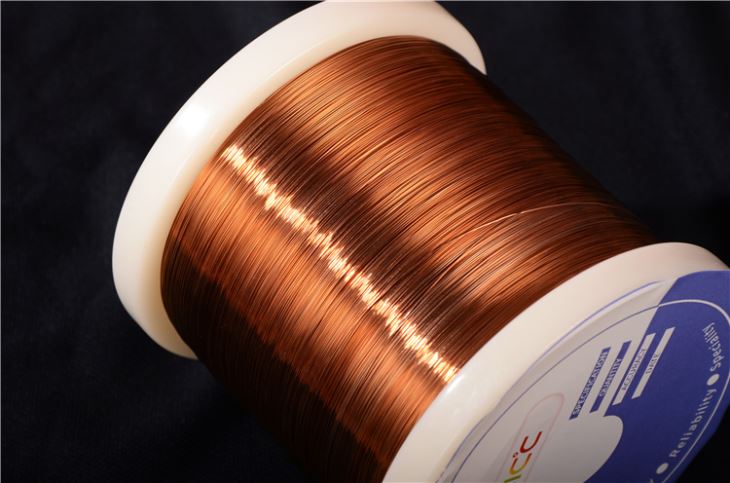
Some of today’s best conductive metals
– Silver
- Properties: It is a soft, malleable metal.
- Conductivity: Best.
- Chemical symbol: Ag.
- Uses: Silver is the best conductor of electricity but has a high cost, so it is not used in the electrical industry. Silver is commonly used in minting, mirroring and jewelry making.
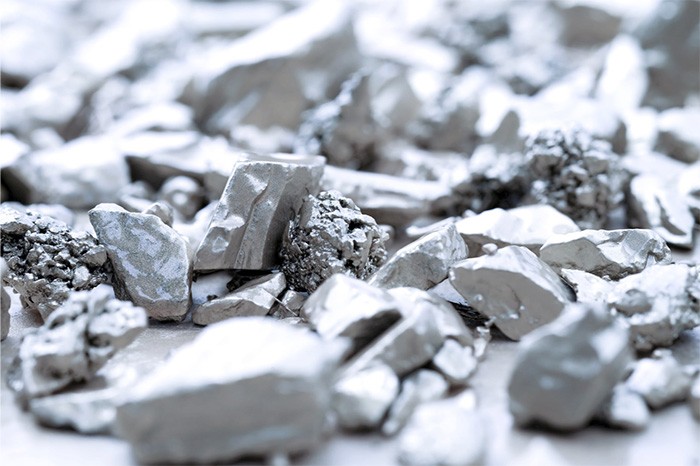
– Copper
- Properties: Soft, malleable and malleable metal.
- Conductivity: Good.
- Chemical symbol: Cu.
- Uses: Copper is now commonly used in the manufacture of electrical conductors. Copper is also used to produce household items or handicrafts such as pans, casting statues, welding rods, etc. In addition, some copper compounds often exist in the form of blue and green colors, so they are used as dyes in fabric factories.

– Yellow
- Properties: Good thermal and electrical conductivity, difficult to oxidize, high aesthetics.
- Conductivity: Good.
- Chemical symbol: Au.
- Uses: Gold is used as a unit of exchange for monetary value and jewelry. However, gold is a pretty good conductor of electricity, so when working with electricity, you need to remove gold jewelry from your body to avoid the electric current quickly spreading throughout the body, causing danger and life-threatening. .
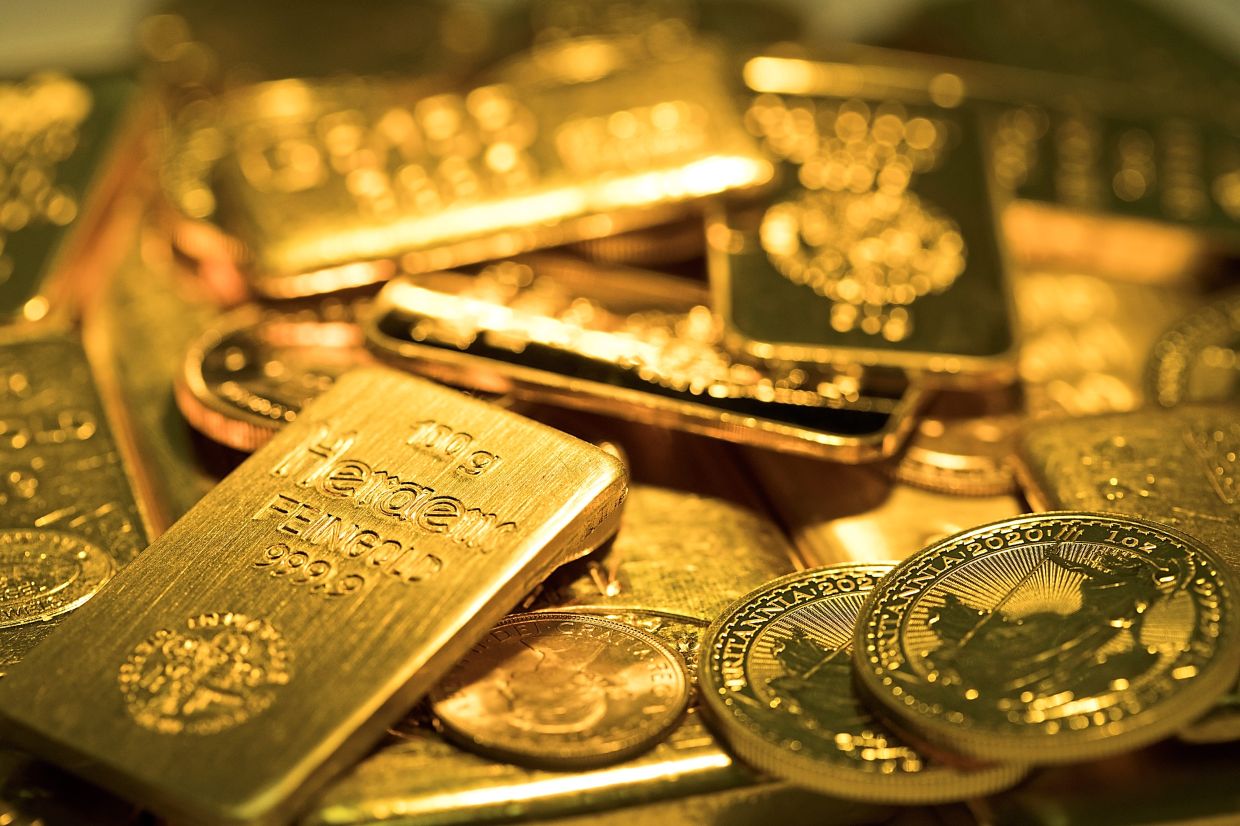
– Aluminum
- Properties: Flexible, difficult to oxidize, high melting point.
- Conductivity: Good.
- Chemical symbol: Al.
- Uses: Aluminum is used to make electrical conductors in some cases. Besides, with high heat-resistant properties, aluminum is often used in architectural works such as building partitions, manufacturing corrugated iron roofs, columns, pillars, etc.
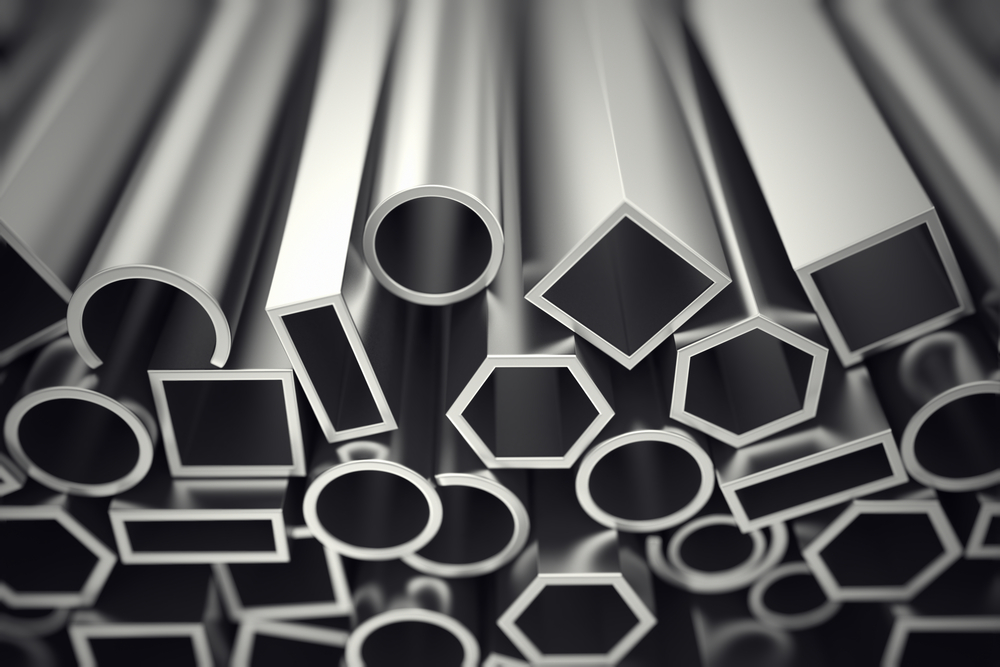
What are the factors that affect electrical conductivity?
Conductivity can be affected by a number of factors such as:
- Shape: Thick materials will conduct electricity better than thin materials of the same size and length.
- Size: With 2 pieces of material of the same thickness, the short piece will conduct electricity better than the long one.
- Temperature: Most metals are better conductors when the conductor is at standard temperature and less efficient when hot. Some good conductors become superconductors at extremely low temperatures.
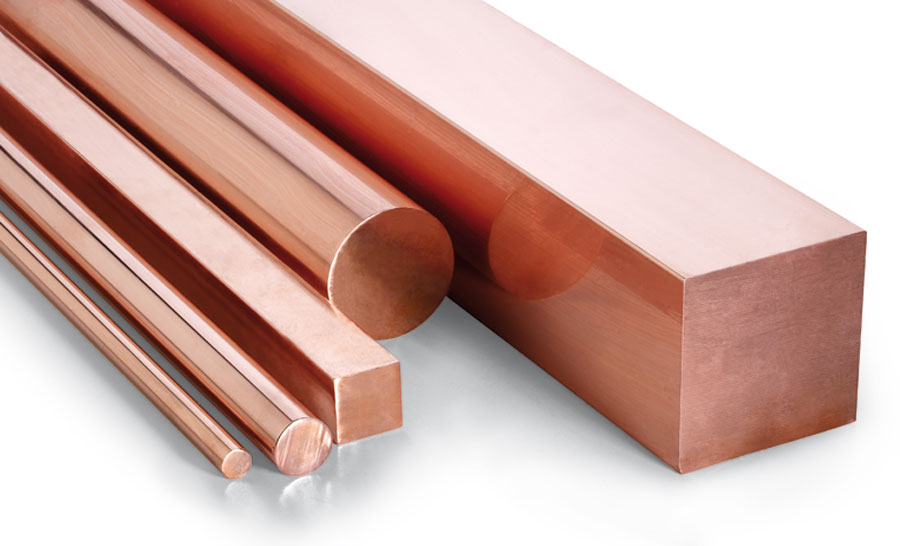
Applications of electrical conductors in practice
Conductors are used in many practical applications such as:
- Conductors in car radiators to remove heat from the engine.
- The iron plates are made of steel to absorb heat quickly.
- Producing iron car engines to conduct heat.
- Food storage and production of aluminum cookware for quick heat storage.
- Use mercury in a thermometer to check your body temperature.
- Use copper, brass, steel and aluminum in electrical circuits and systems in the form of wires.
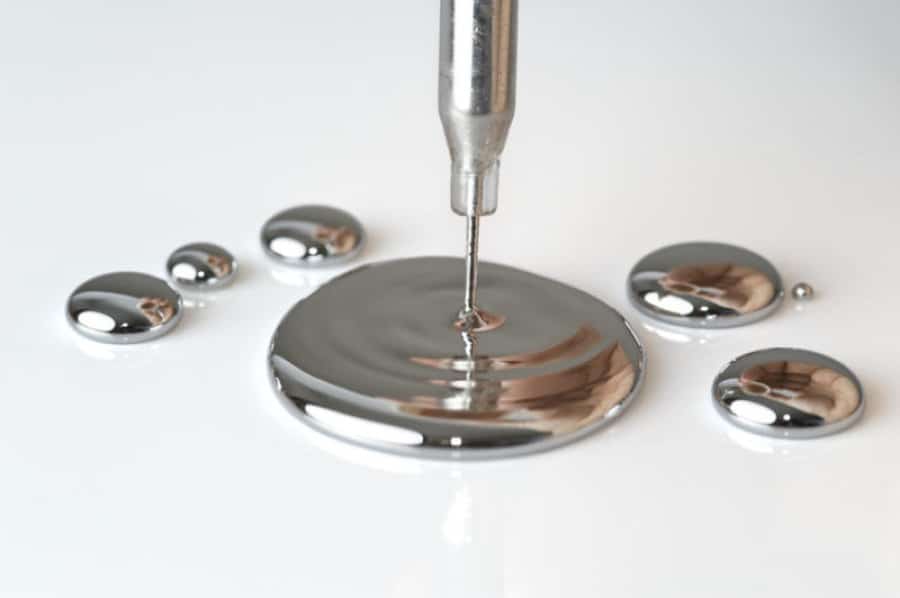
What is an insulator?
An insulator is an object or type of material that resists or does not allow electric current to flow through them. Insulators have a very high resistivity (about 106 – 1015 Ωm). Insulators do not allow electric current to pass because the bonding of atoms in the insulator is so strong and saturated that electrons are not able to move from one atom to another.
Insulators are mostly solids in nature. Some of the most common insulators today are glass, plastic, rubber, porcelain, plastic…
Insulators are often used to make insulators, insulating parts in electrical tools to help prevent electric currents, ensuring safety for users.
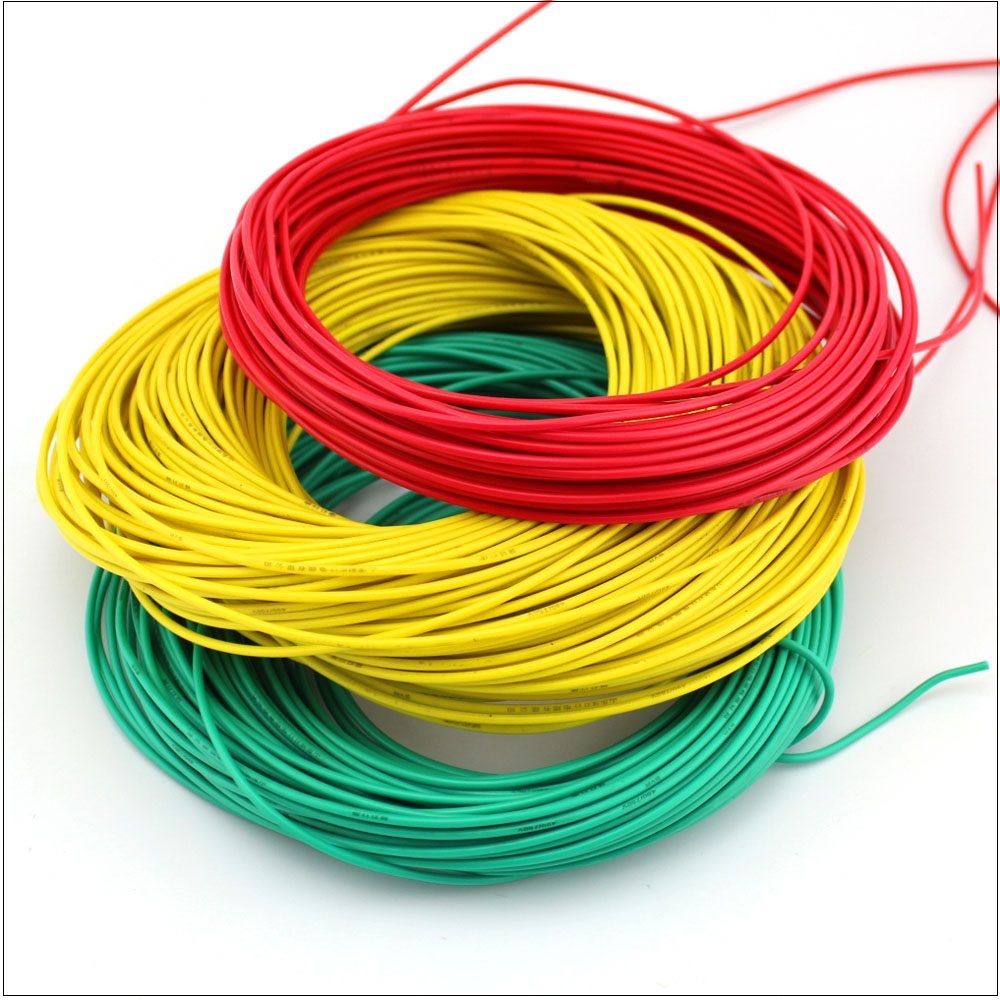
How many types of insulating materials are there?
Types of insulating materials include:
- Gas insulation materials: Air, SF6 gas.
- Liquid insulation: Transformer oil.
- Solid insulating materials: Wood, plastic, wire sheath.
Solid insulating materials
Solid insulating materials have the general property of a very high dielectric constant and flashover occurs only in solid materials.
Solid insulating materials are generally divided into:
- Enamels, insulating paints.
- Synthetic plastics: Rubber, synthetic resin.
- Inorganic substances: Cement, mica, fiberglass.
- Natural organic matter: Paper, fabric, silk.
Among solid insulating materials, mica is the best insulator, but it is quite expensive and is often used in high voltage machines.
Insulating materials with poor thermal conductivity, moisture absorption, and poor electrical insulation such as paper, fabric, yarn, etc. are more commonly used because they have good mechanical strength, are soft, and are inexpensive.
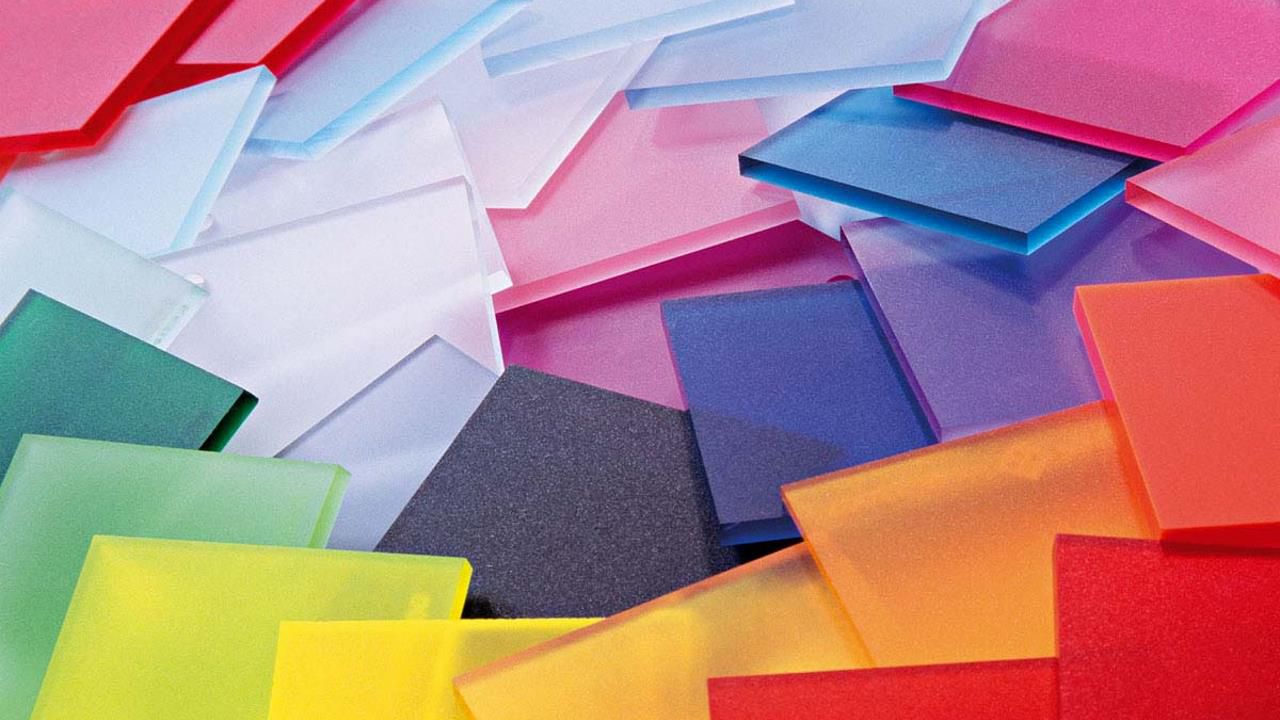
Liquid insulating materials
Liquid insulation materials include petroleum, transformer oil, solid cable oil, thin cable oil, and silicone oil. The most common application is transformer oil as insulation and cooling material for transformers.
When manufacturing insulating devices, liquid insulating materials should be taken into account such characteristics as resistivity, dielectric permeability (dielectric constant), dielectric loss, dielectric strength (electrical constant). insulation breakdown voltage).
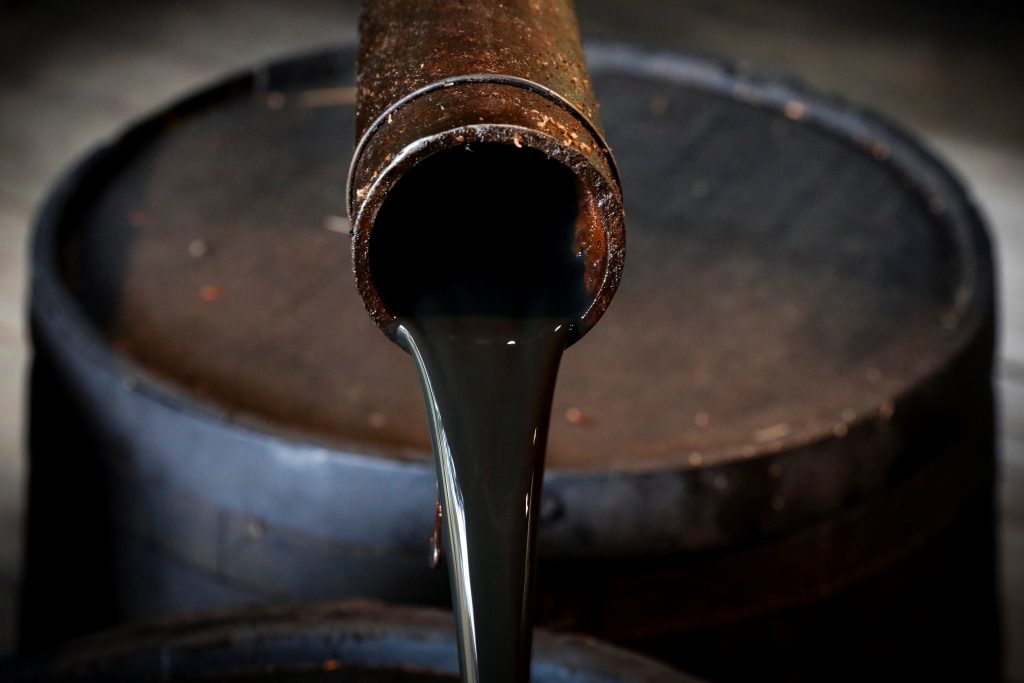
Gas insulating materials
Air is used as the main insulation of overhead power lines, insulation of electrical equipment working in the air or in combination with solid and liquid insulators.
Hydrogen gas is a light gas with good heat transfer properties, so it is often used to cool thermoelectric generators and large-capacity synchronous compensators. Hydrogen gas will reduce the power loss caused by the friction of the rotor with the gas and caused by the blower.
Nitrogen is a colorless, odorless, tasteless gas that makes up about 78% of the Earth’s atmosphere. Nitrogen gas is commonly used in the manufacture of electronic components such as transistors, diodes, and integrated circuits (ICs) or the production of stainless steel (stainless steel).
Today, inert gases such as: Argon, mercury vapor Neon are also used to make vacuum electric tools and light bulbs.
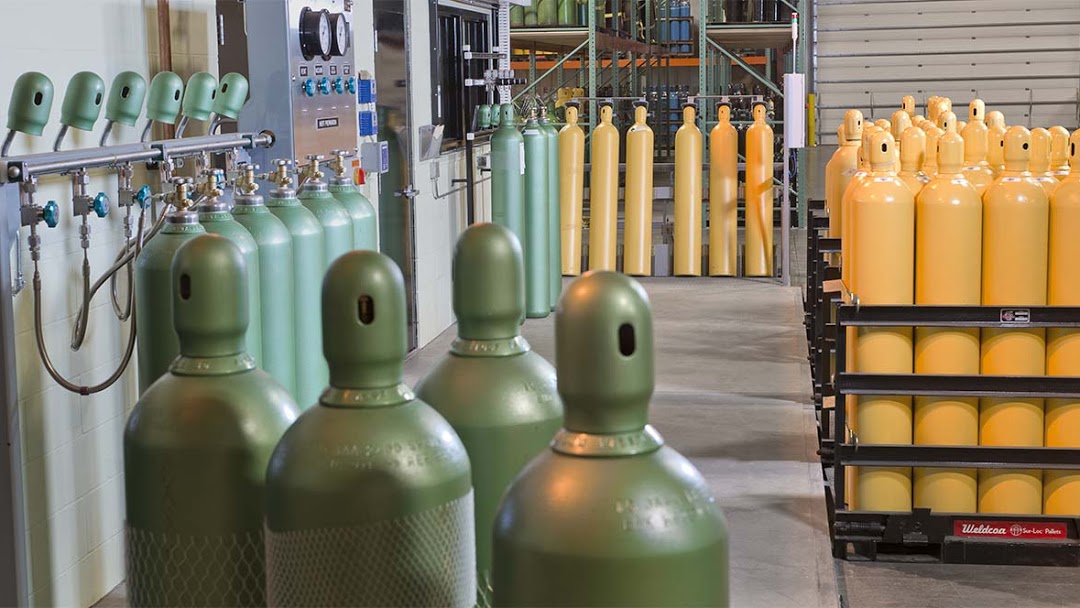
Application of insulators in practice
Insulators are used in a number of practical applications such as:
- Rubber is used to make tires, sandals, fireproof clothing, etc.
- Insulators are used in making thermoplastic bottles, fireproof ceilings and walls.
- Insulators are used to create insulating equipment in circuit boards, high voltage systems, and also in electrical wires and cables.

summary
| Conductor | Insulation |
| Allow current to flow through it. | Do not allow current to flow through it. |
| An electric charge exists on the surface of a conductor. | Electric charge does not exist. |
| When held in a magnetic field, a conductor does not store energy. | When held in a magnetic field, the insulator stores energy. |
| Very high thermal conductivity. | Very low thermal conductivity. |
| Often used in the manufacture of electrical equipment. | Often used in the manufacture of insulating equipment to bring safety. |
Hopefully, the above article has provided you with sufficient information about conductors and insulators. If you have any questions? Please leave a comment below!
In conclusion, conductors and insulators play crucial roles in electrical and thermal conductivity, and their classification is based on their ability to conduct or hinder the flow of electricity or heat. Conductors are materials that allow the passage of electric current or heat easily, while insulators are materials that prevent or hinder the flow of electric current or heat.
The classification of conductors and insulators is based on their molecular structure and their ability to either have free electrons or effectively bind their electrons. Metals, such as copper and aluminum, are excellent conductors due to their free electrons, allowing them to facilitate the easy flow of electricity. On the other hand, materials like rubber, wood, and plastic are insulators as they lack free electrons and impede the flow of electricity.
Practical applications of conductors and insulators are ubiquitous in various industries and everyday life. Conductors are extensively used in electrical wiring, electronic devices, and power grids to ensure efficient transmission of electricity. They are also crucial in creating heating elements, electrical circuits, and various electronic components. Insulators, on the other hand, are vital in providing safety and preventing electrical shocks by isolating live wires and protecting users from coming into contact with electrically charged objects. Insulators are also used in thermal insulation for buildings, refrigeration systems, and other applications where preventing heat transfer is essential.
Understanding the properties, classification, and practical applications of conductors and insulators is crucial in various fields, including engineering, science, and electronics. By utilizing the appropriate materials based on their conductivity properties, we can improve the efficiency, safety, and overall functionality of various electrical and thermal systems. Conductors and insulators form the foundation of our modern technological advancements and continue to be indispensable in society.
Thank you for reading this post What are conductors and insulators? Classification and practical application at Tnhelearning.edu.vn You can comment, see more related articles below and hope to help you with interesting information.
Related Search:
1. What is a conductor in electrical circuits and why is it important?
2. Differences between conductors and insulators in terms of electrical conductivity.
3. How are conductors and insulators classified based on their properties?
4. Examples of common conductors used in everyday life.
5. Examples of common insulating materials used in various industries.
6. Importance of choosing the right conductor or insulator for specific applications.
7. How do conductors and insulators affect the flow of electricity?
8. Practical applications of conductors in electrical systems.
9. Practical applications of insulators in electrical systems.
10. How do conductors and insulators contribute to electrical safety?



